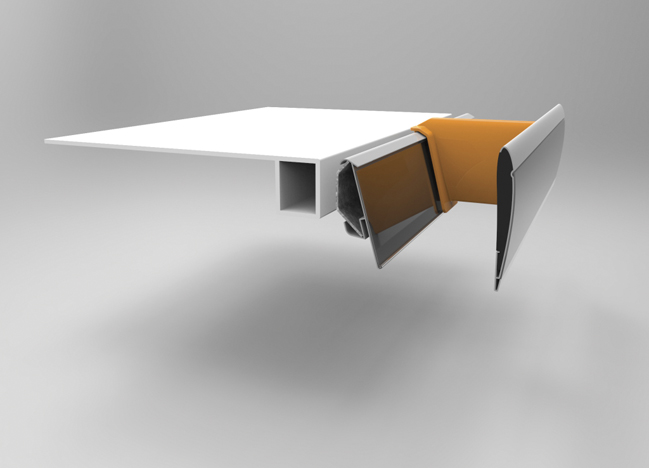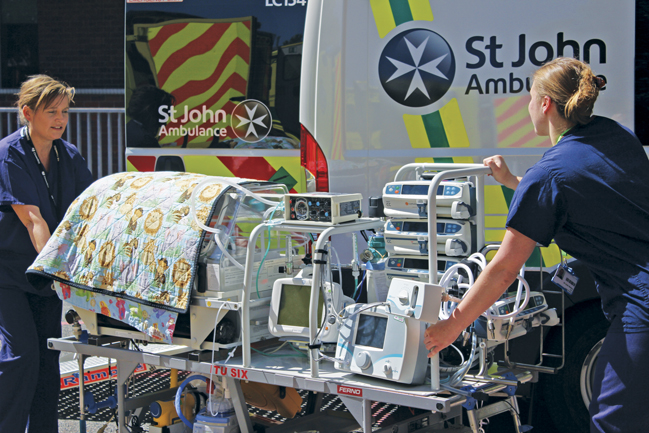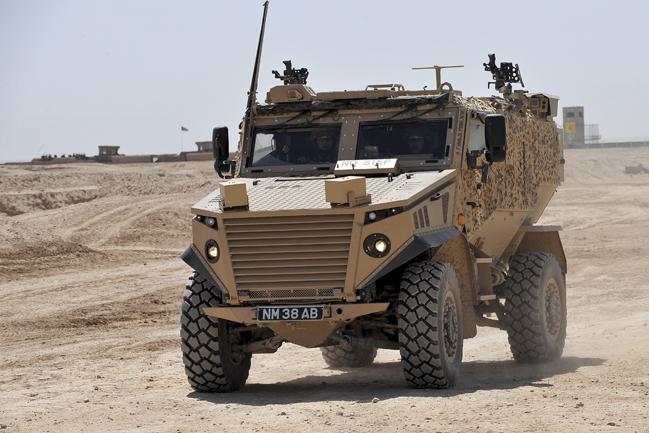One of the main points of motorsport, we’re often told, is that it’s an R&D project and proving ground for the automotive industry. Racing cars are prototypes, and the technologies developed in the sport —anti-lock braking systems, traction control, safety cells, regenerative braking and, more recently, high-performance hybrid technologies — filter down to road cars some 15-20 years after their debut on Grand Prix circuits.
But automotive isn’t the only sector that benefits from the expertise of motorsport’s engineers. A recent event at the Institute of Engineering and Technology saw the Motorsport Industry Association showcase some of the more unexpected examples of what it refers to as ‘horizontal innovation’; the transfer of its sector’s technologies into other industries.
Some of these can be highly unexpected. Take, for example, your local supermarket. The reason it’s blessedly chilly on a hot day isn’t just down to air-conditioning. It’s because many of the aisles are lined by open-fronted fridges holding dairy products, drinks, meat and other chilled items; and while they certainly keep their contents cold, they also leak chilled air out into the shop.
This is a major source of losses. Supermarkets are estimated to consume 5 per cent of all the electricity generated in the UK, and 60 per cent of the energy they use is consumed by fridges; so that’s 3 per cent of all the UK’s energy that isn’t being used efficiently. The cost of that goes onto our supermarket bills, and the carbon generated goes into the atmosphere.
Loss of cold air is essentially an aerodynamic problem, so in trying to reduce its energy costs, Sainsbury’s consulted with Williams Advanced Engineering (WAE) to bring its experience of solving aerodynamics problems into the cold. Paul McNamara, technical director at WAE explains that the challenge was to design an aerofoil to direct the chilled airflow primarily into the fridge cabinet, so as little as possible spilled out. “This means we can design a passive component that can be retrofitted at relatively low cost and can have a significant impact on energy usage,” he said.

Senior aerodynamicist Ian Turner explained that the most important tool for this was computational fluid dynamics. “It’s a massive part of Formula One aero development and we’ve been able harness it for this problem,” he said. “We started by putting a fridge into our virtual aerodynamic simulation tool to understand the airflow in and around the fridge. We have the ability to run very large aerodynamic simulations very quickly and to very high accuracy, and we also have in-house rapid prototyping capability so we can design, make and test components very quickly as well.”
The resulting aerofoil design has been tested by Sainsbury’s in several real branches, and early indications are that it can deliver energy savings of up to 20 per cent in fridge operation.

Switching from hardware to personnel, motorsport has developed much knowledge about how to measure the effects of motion at speed on the human body, and this has been brought to bear onto an issue facing rather smaller human beings than the adult racing drivers it usually applies to; namely, premature and seriously ill babies. The Greater Manchester Neonatal Transport Team worked with Race Technology, a Nottingham-based firm specialising in dataloggers used in motorsport, to develop a system to evaluate the effects of putting a premature baby in a fast ambulance so that they can reach specialist care facilities.
While speed is very important in these cases, babies are always vulnerable and particularly so if premature. “The unit wanted to see how things such as speed, acceleration, deceleration and cornering g-forces were affecting the health of the babies as they’re taken from hospital to hospital,” explained Race’s operations director, Lorne Winborn.
This is a case of balancing risk; very often, leaving the babies where they are isn’t an option, but with premature babies, moving them in any way can affect their blood pressure. The Manchester team linked tools used in Race Technology’s equipment, such as accelerometers and GPS, mounted on one of its specialised transport indicators, with its own equipment that monitors the babies’ heart rate and blood pressure so that it could map any changes in their vital signs to the profile of their journey, and the forces incurred on the way due to acceleration, deceleration, cornering and vibration.

Race Technology, like many in the motorsport sector, is a small company well versed in customisation. “If any customers come to us with a specific requirement, we’re always interested in trying to turn our hand and adapt our technology to that, but in this case we didn’t really have to adapt our technology at all,” Winborn said. The results of the exercise are now being used in the design of improved ambulances and incubators for this special application. “I can’t think of a better use of our technologies.” Winborn said.
Vehicle design is, of course, the main strength of motorsport, but it tends to be for vehicles that are as fast as possible and as safe as possible for a single driver. Similar requirements but for a rather larger number of people faced automotive technology consultancy Ricardo when it worked with General Dynamics on a new armoured vehicle called the Foxhound. This came from a conversation with the MoD, where as General Dynamic Land Systems’ customer, it needed to find a vehicle with the capabilities and protective capacity of GD’s Mastiff vehicle, but the size of a Land Rover. “But the Mastiff is a very large vehicle, with drive to all six wheels, weighing 12-15 tonnes,” said David Hinds, executive director for strategy at GD Land Systems. The Mastiff is “fantastically survivable” he added: if it’s attacked, or drives over a mine, its occupants stand a very good chance of walking away alive, but it’s too big and heavy to manoeuvre around tight city streets in the Middle East.

Andy North, chief engineer of Ricardo’s defence division, explained that the project combined General Dynamics’ expertise in protection technologies with the motorsport company’s ability to meet a strict mechanical brief in a short time, honed by the tight between-race and between-season timescales of the race circuits. “There were only five requirements: the small turning circle and width of the vehicle; it had to comply with the MoD’s new generic vehicle architecture, which means it had to be able to have the ability to plug in new subsystems without lots of wiring; we were the first vehicle in this class,” Hinds said. “It had to be a composite vehicle in terms of the crew pod; and it had to be mine, blast and IED survivable.”
North said: “We would normally start with a commercial vehicle and add armour, but we couldn’t do that here; we had to start with a clean sheet of paper. We brought in our systems engineering modelling approach and people from our lightweighting and motorsports teams.” Foxhound is now in theatre, replacing the old Snatch Land Rover vehicles that proved tragically vulnerable to IEDs; it has a v-shaped armoured hull to deflect blasts at ground level away from its crew pod and, while its 70mph top speed won’t challenge the rally and motorsport vehicles that are Ricardo’s more usual products, it will keep its occupants safe in some of the world’s most dangerous places.




Red Bull makes hydrogen fuel cell play with AVL
Surely EVs are the best solution for motor sports and for weight / performance dispense with the battery altogether by introducing paired conductors...